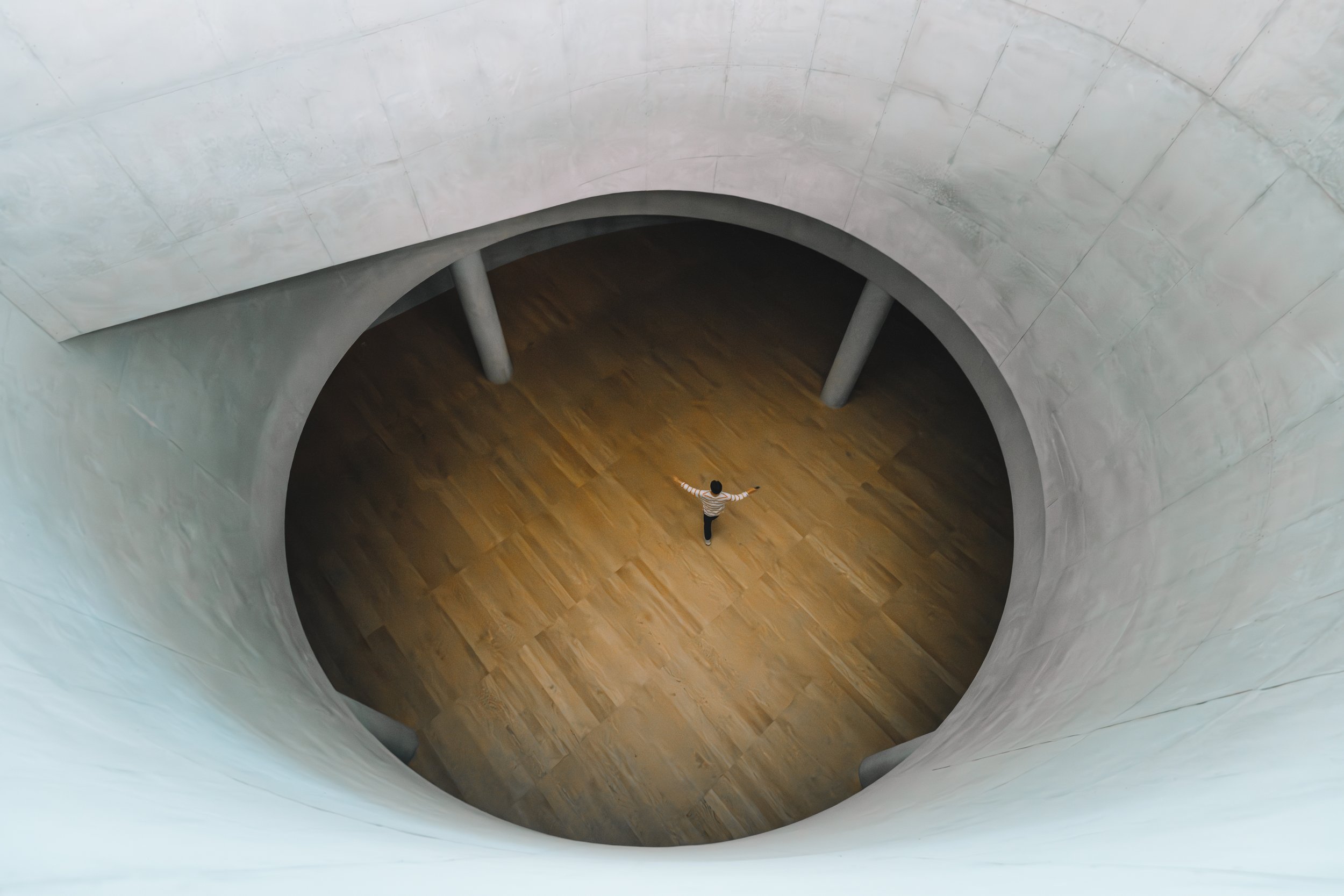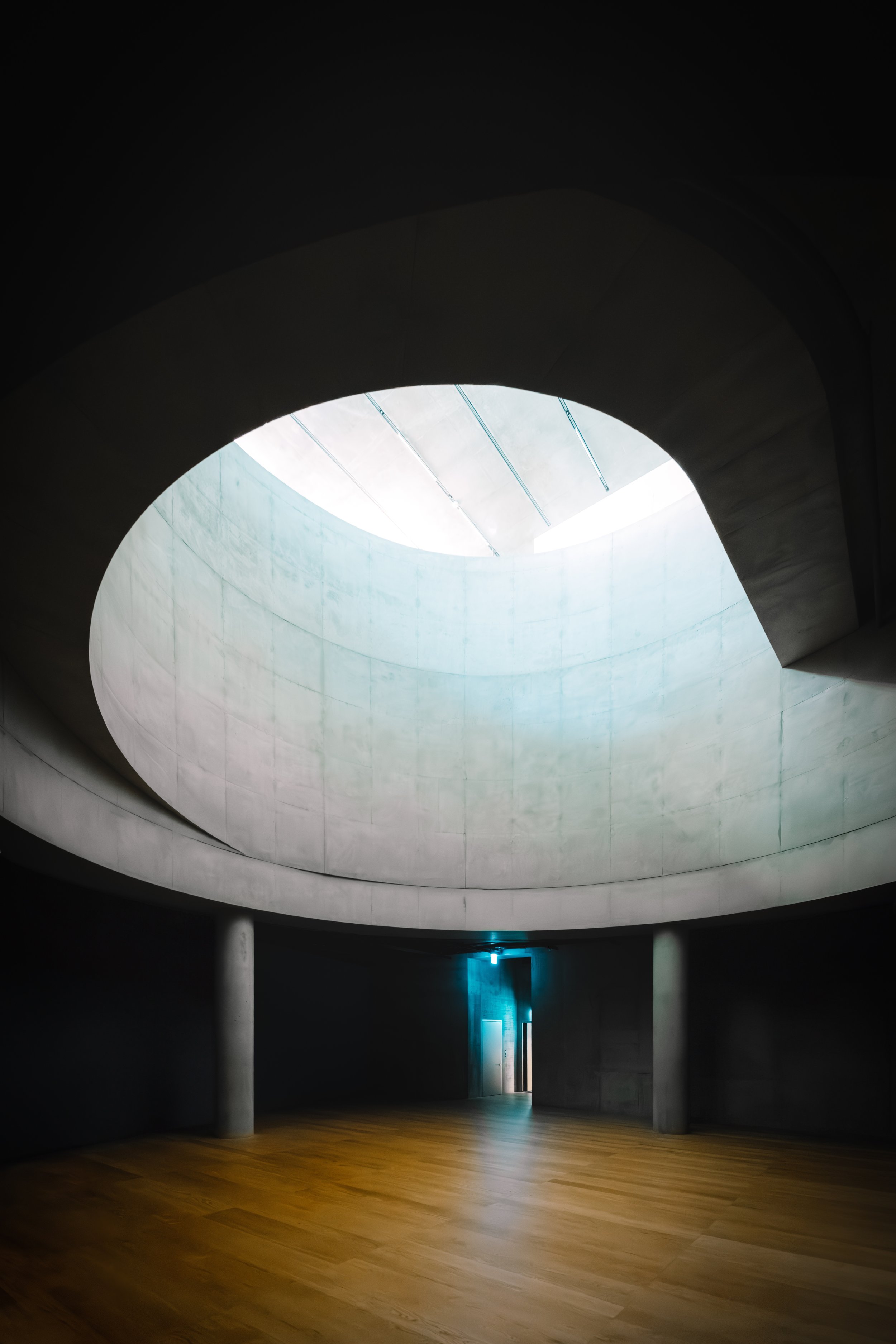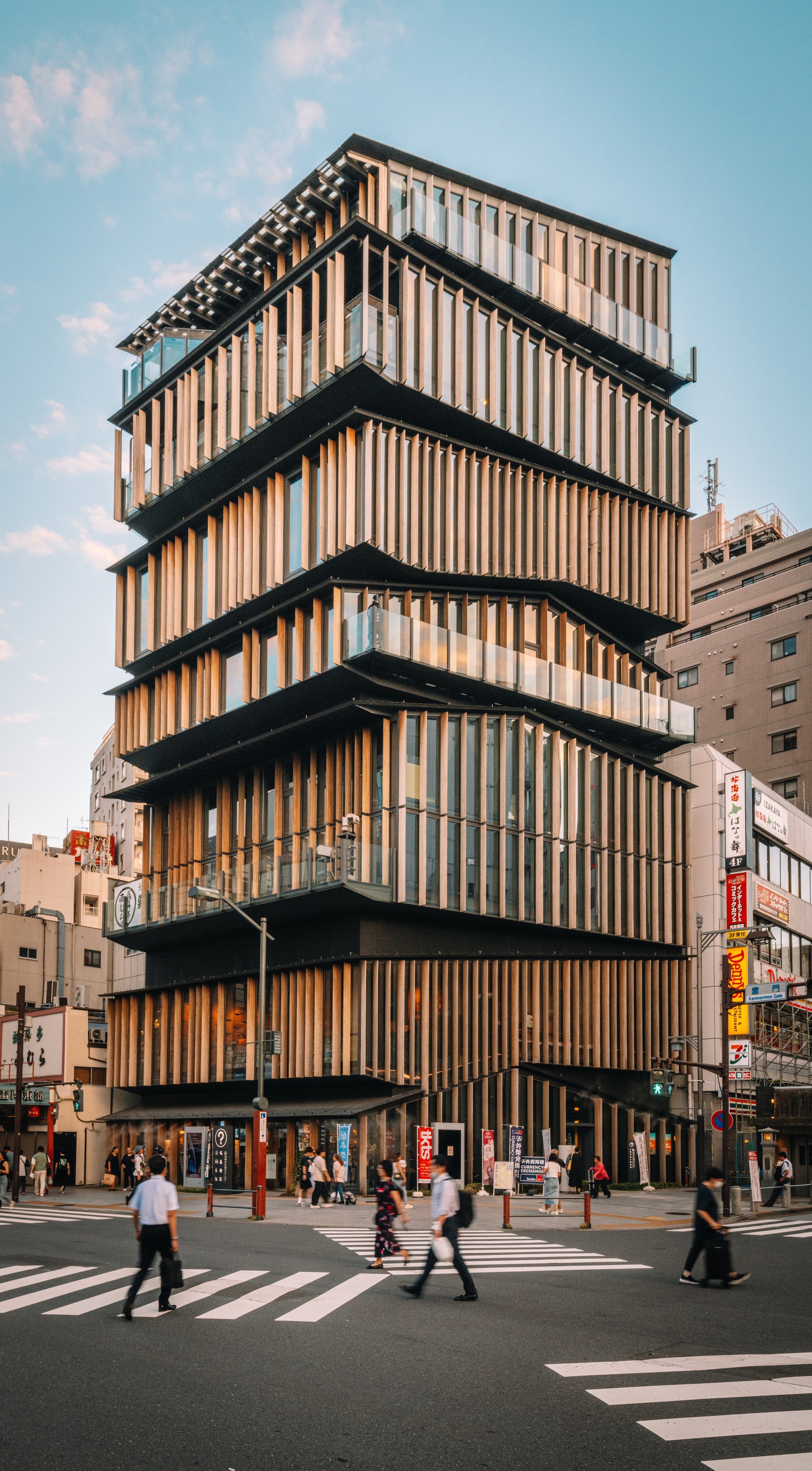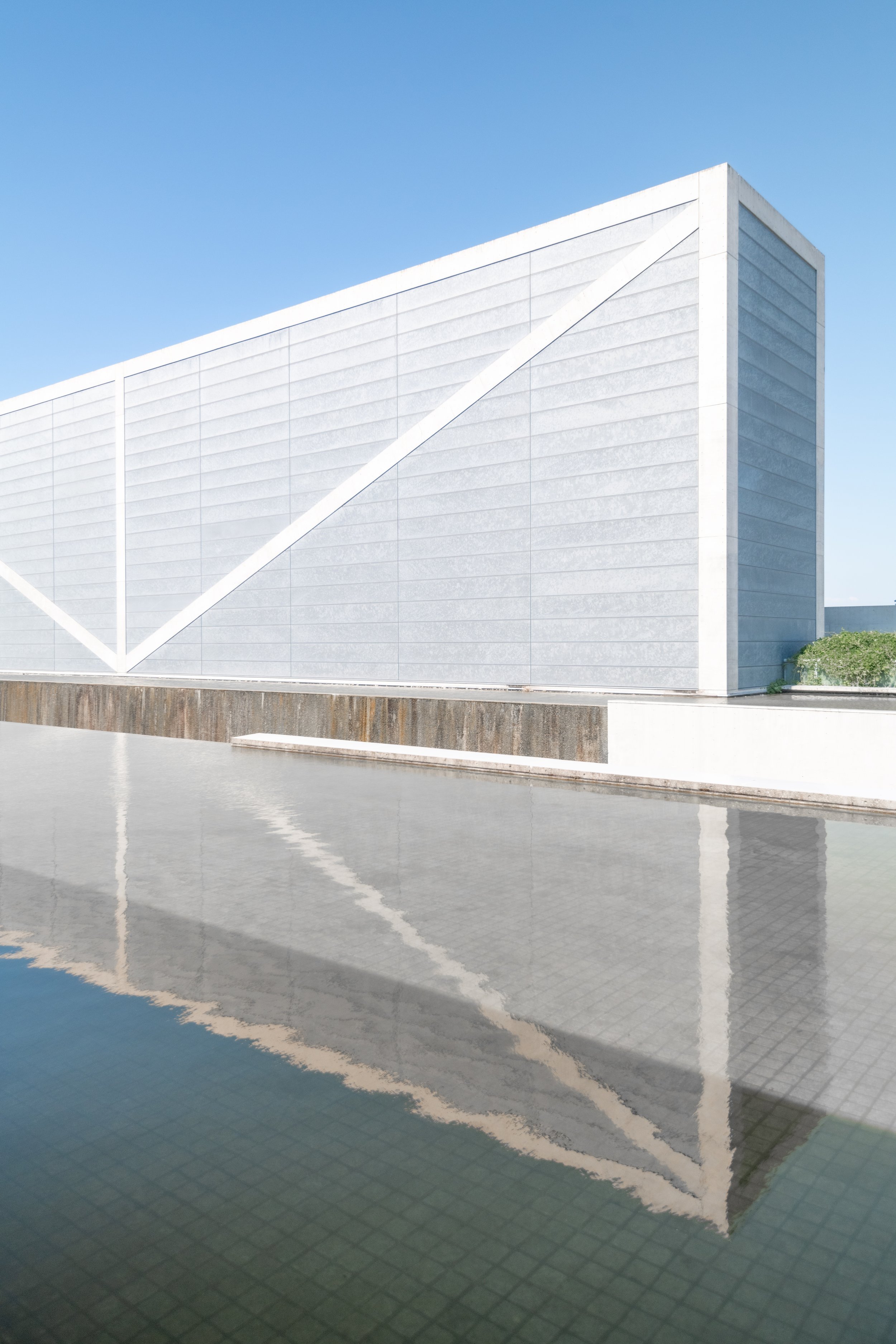
The Rise of the Modern Shrine
by James Nguyen
Pilgrimage has long been tied to places of significance-sites that hold deep cultural, historical, or personal meaning. While traditionally rooted in religion, the concept has expanded in society today, where cultural and architectural landmarks have taken on a similar role. In an era defined by global connectivity and cultural exchange, travelers embark on journeys to see modern wonders of the world -whether it is the Louvre in Paris, the Sydney Opera House, or the Guggenheim Museum. These structures act as modern shrines, not in the religious sense, but as places of deep cultural significance, embodying the spirit of a city, a people, or an era, attracting visitors to experience the essence of a place.
Many buildings of the past have endured, becoming global attractions and symbols of cultural identity and pride. These architectural marvels stand as testaments to craftsmanship and vision, captivating contemporary society. While design techniques, styles, and technologies have evolved, modern architecture often has a knack for recalling elements from earlier eras, blending the old with the new.
Kiyomizudera Temple in Japan
Recently, I had an unexpected experience visiting the SongEun Art and Cultural Foundation in Seoul, designed by Herzog & de Meuron. The building itself, an imposing triangular prism thrusting toward the sky, immediately captured attention. However, its true impact lies beneath the surface—a vast underground gallery concealed below. From above, it feels like a dark abyss, evoking a sense of emptiness and even dread. But as I descended into the space, the atmosphere transformed. Light streaming from above cast a serene glow, creating a space that was both imposing and intimate. The silence, broken only by the echo of my footsteps, made the experience feel deeply personal prompting me to reflect on both the space itself and my place within it.
This moment brought back memories of my visit to the Sacré-Cœur in Paris years ago. The awe I felt there was immediate, the towering Romanesque design evoked a sense of grandeur and connection to something ethereal. Both buildings share a monumental scale that made me feel small, yet while the Sacré-Cœur impressed with its intricate craftsmanship, the SongEun Art and Cultural Foundation—a modern, non-religious space-captivated through its minimalist design and simplicity.
The SongEun Art and Cultural Foundation in South Korea and The Basilica of Sacré Cœeur in France
The built environment plays a fundamental role in shaping cultural identity and collective memory. Architecture is more than just a physical backdrop, it influences how people experience, interpret, and connect with a place. Over time, spaces take on different meanings as different people experience them in unique ways, shaped by personal perspective. As visitors come and go, their stories become intertwine with the journeys of those who seek them out. This is further amplified by social media, where photos, videos, and stories-like this blog post-are posted online, turning personal experiences into global narratives.
In my opinion, a pilgrimage, whether in ancient or modern society, is always a journey toward discovery, inspiration and understanding.
The Asakusa Culture and Tourism Center and Sayamaike Museum in Japan
Dongdaemun Design Plaza, South Korea
To see more from James, check out his website by clicking here.





